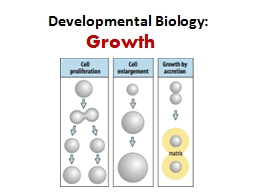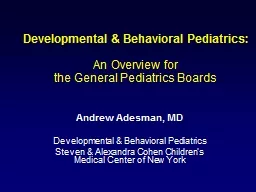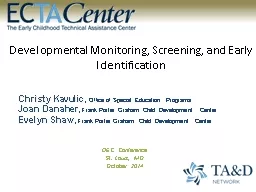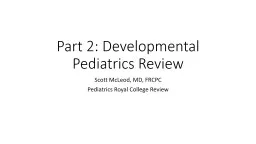PPT-Developmental Biology: Growth
Author : evans | Published Date : 2023-10-04
GROWTH Growth defined as the increase in size of an organism or of its parts due to the synthesis of Protoplasm includes both cytoplasm and nucleus or Apoplasmatic
Presentation Embed Code
Download Presentation
Download Presentation The PPT/PDF document "Developmental Biology: Growth" is the property of its rightful owner. Permission is granted to download and print the materials on this website for personal, non-commercial use only, and to display it on your personal computer provided you do not modify the materials and that you retain all copyright notices contained in the materials. By downloading content from our website, you accept the terms of this agreement.
Developmental Biology: Growth: Transcript
Download Rules Of Document
"Developmental Biology: Growth"The content belongs to its owner. You may download and print it for personal use, without modification, and keep all copyright notices. By downloading, you agree to these terms.
Related Documents














